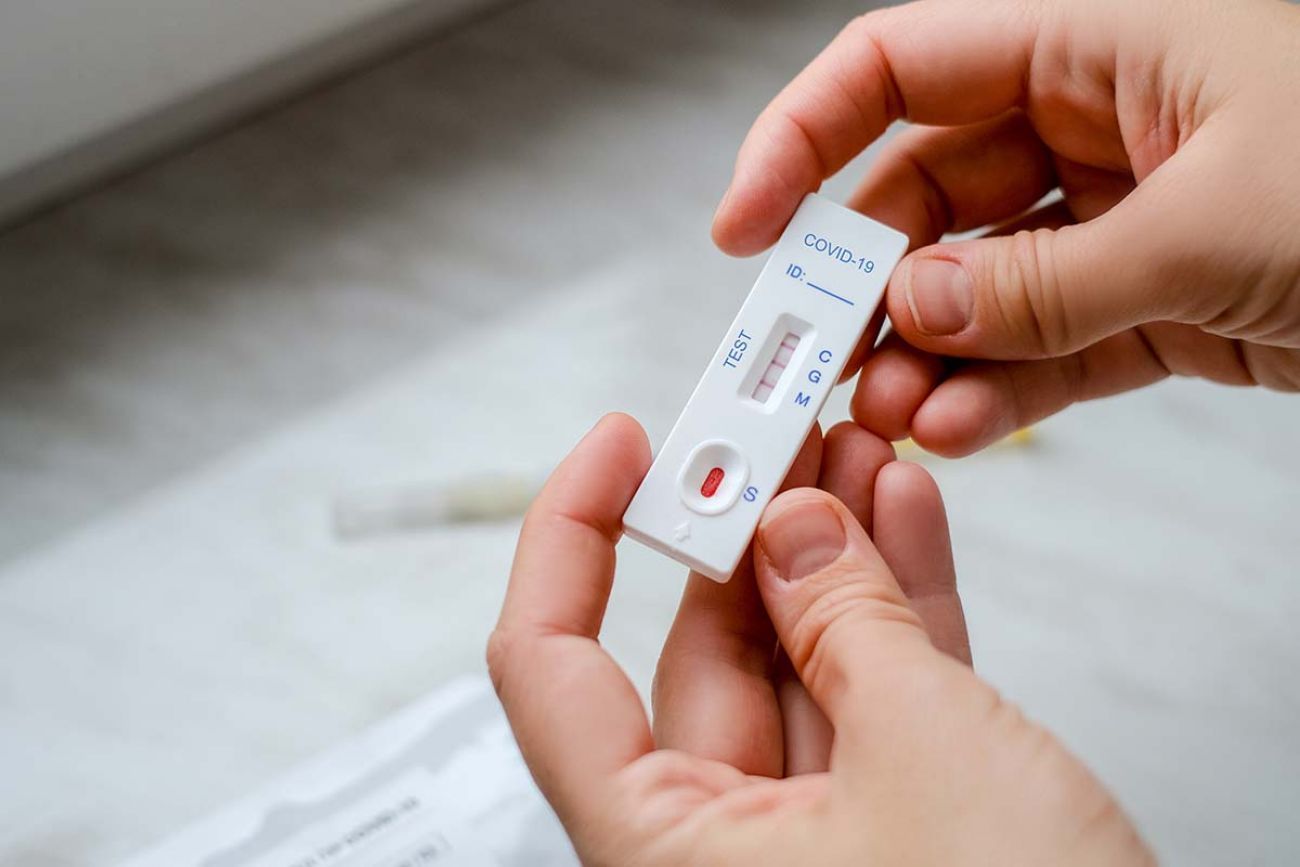COVID-19 in 2022: Deaths fall, but Michigan had 5th most in US

- The crush of COVID softens somewhat in 2022, but the virus still remains the No. 3 cause of death in Michigan
- Michigan’s low vaccination rate and age of residents contributed to a higher death rate
- Rural residents in Michigan tended to die of the virus more than residents of urban areas
COVID-19 battered Michigan again in 2022, but vaccines and new treatments softened the blow of the pandemic in its third year.
More than 8,900 died from the virus in Michigan this year, down from 15,000 in 2021 and 13,000 in 2020. Still, Michigan’s mortality rate from COVID-19 is the nation’s fifth-highest.
That’s due in part to an ominous January and February as the omicron variant soared and packed hospitals, before the virus settled into a relatively static pattern for the rest of the year.
“The year started with just an incredible surge,” said Jimena Loveluck, health officer for the Washtenaw County Health Department.
Mid-January, the state averaged 17,600 new cases every day — six times the daily rate in all of 2021 as the omicron variant spread across the state. At one point, 5,000 people were in the hospital with COVID-19 and 4,300 would die in January and February.
Since then, cases plummeted — and stayed relatively low all year, unlike the big swings in 2020 and 2021. There were two big waves in 2020 and three in 2021.
Deaths are still plaguing Michigan, and COVID trail only heart disease and cancer as the state’s leading cause of death.
Among the states with the higher COVID rates per 100,000 people, most had relatively lower vaccination rates. And states with higher vaccination rates typically had lower death rates.
The percent of people fully vaccinated in Michigan, 62 percent, trails the national average rate of 69 percent.
Other factors contribute, including the overall health and age of the population. Michigan, with a median age of 40.2 years old, is the 11th oldest state in the nation.
Overall, those 65 years and older comprised a greater proportion of all COVID-19 deaths — and those 80 and over made up half of all deaths after July, up from 40 percent in 2020 and 2021.
Most of the states with the lowest death rates had much younger median ages — except Vermont, which is the third oldest (median age: 42.9 years old) but as a significantly higher vaccination rate.
Vermont had 48 deaths for every 100,000 in 2022, compared to 114 deaths in Michigan.
Neighboring states Indiana, Ohio and Wisconsin all had lower death rates than Michigan. Only Wisconsin had a higher vaccination rate among those 5 and older.
Within Michigan there were wide differences too. In much of rural Michigan, which have older populations, the death rate per 100,000 people was higher.
While in places like Ottawa and Washtenaw counties, with younger populations, the death rates were the lowest in the state. More educated areas tended to have lower rates, in part because they have higher vaccination rates but also because they may have jobs that allow for more at-home work, limiting contact.
In Washtenaw County, Loveluck said her department targeted vulnerable communities, bringing home tests and vaccinations to areas where poverty and transportation can limit access to health care resources. The department also worked with community leaders in the Ypsilanti area to reach people.
“It gave people the tools needed to make the decisions to keep themselves and their loved ones safe,” she said.
Prior to 2020, chronic lower respiratory diseases had consistently been the No. 3 cause of death in Michigan. But COVID is firmly in third now and, at the current average rate of about 500 deaths per month, could remain in that spot for years.
The good news, however, is that with vaccinations and the immunity that many have gotten from surviving the disease, COVID-19 may fall into a more seasonal pattern like the flu, Loveluck said.
Related:
- ER or urgent care? As respiratory ailments pound Michigan, who do you call?
- As flu slams Michigan, COVID-19 hospitalizations rise as well
- Michigan hospitals lost 1,700 beds from staff shortages, seek more money
- 1-in-7 parents haven’t talked with child’s doc about vaccines for two years
- Coronavirus tracker
“It looks like we can expect a slight increase but nothing like the surges with (variants) delta and omicron,” she said. However, she noted that new variants could emerge to change those projections.
See what new members are saying about why they donated to Bridge Michigan:
- “In order for this information to be accurate and unbiased it must be underwritten by its readers, not by special interests.” - Larry S.
- “Not many other media sources report on the topics Bridge does.” - Susan B.
- “Your journalism is outstanding and rare these days.” - Mark S.
If you want to ensure the future of nonpartisan, nonprofit Michigan journalism, please become a member today. You, too, will be asked why you donated and maybe we'll feature your quote next time!





